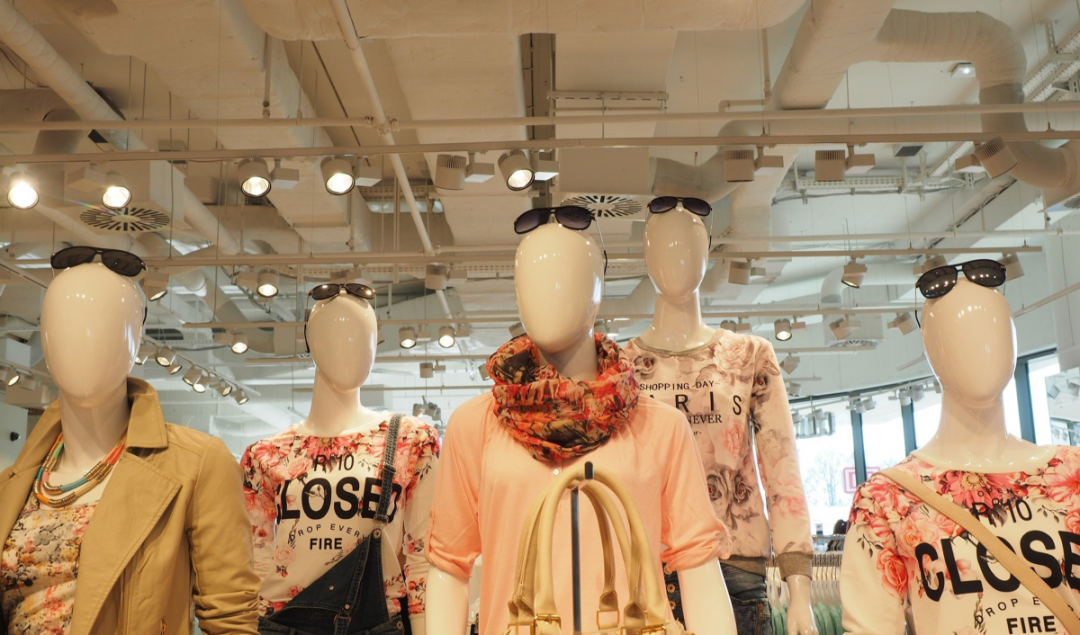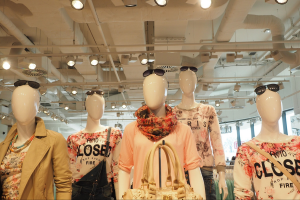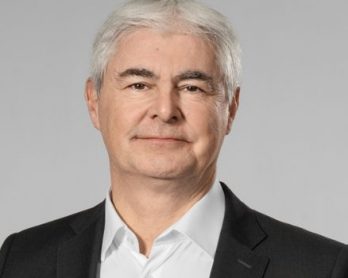Another Domino Falls: Now YouTube Gets Outed for the Problem of Fake Views #YouTubePurge

It seems like social media platforms can’t catch a break. Facebook and Twitter recently had the unwanted spotlight of accountability and transparency shined on them. And now it’s YoutTube’s turn.
A growing litany of exposés by news organizations about how these platforms are riddled with bots, fake followers and fake accounts and more. All of this leading to questions about the viability of working with influencers.
YouTube is notable because so many beauty influencers inhabit that platform and have huge followings there.
As The New York Times reported a couple of days ago, there’s an entire cottage industry of small firms and individuals who cater to the impatient people who are looking for a short cut to building an audience.
Whether it’s to boost the appearance of popularity or to leverage that fake following into a money-making scheme by tricking brands into paying them, it’s become problem.
Either way, its underhanded and undermines the credibility of the other influencers who aren’t buying fake followers, etc. Stories like this tend to inflict collateral damage by tarnishing the entire influencer industry.
No matter the motivation, it’s cheating (and possibly worse) and we’re thankful to The New York Times for outing another underhanded practice many would-be influencers are utilizing.
This has gone on for far too long
As I’ve written before, the urge to buy fake followers comes from the desire to “juice” the algorithm, to artificially boost the visibility of content, to get in front of more eyeballs.
This phenomenon isn’t limited to cyberspace and the brick and mortar world has its comparisons.
For example, it’s like driving past a night club on a cold, Friday evening with a long line waiting outside the velvet rope, everyone shivering, waiting to get in.
As you pass by, your immediate reaction is to think “this club is popular,” so you get on line with your friends anticipating that inside it’s hopping with fun and interesting people.
It’s not until you enter the club that you realize you are some of the first people there!
The beautiful people you were hoping to meet haven’t arrived yet, so you spent that time outside, shivering in the cold, for nothing.
You were duped by the appearance of popularity.
Let’s look a more “extreme” example, but one that works in tandem with cyberspace:
Imagine you walk past a shop that appears to be jam-packed with people.
This triggers a thought in your mind, causing you to believe the place is popular, luring you inside for a few minutes, to look around to see what the fuss is about.
But once you get inside, you find out the place if full of… mannequins.
The shop you thought was packed full of people is instead filled with lifeless dummies standing around.
Okay, I admit, this last example, when you think about it, is creepy – almost something out of the Zombies!
But really, the analogy works when we relate it to cyberspace.
The mannequins in the store are equivalent fake followers and subscribers online. They aren’t real and they certainly aren’t going to buy anything.
Now, it also stands to reason that fake followers don’t respond to beauty tutorials by influencers. They don’t engage, share, comment, like and certainly don’t buy product.
So my advice to firms and influencers is this: don’t do it.
Want more evidence that it’s a bad idea?
The Times article is replete with examples of people and organizations who’ve been duped into buying fake views for one reason or another – and all regretted it.
Remember the old adage, “Anything worth doing, is worth doing well!” Same is true when building an online following.
Keep in mind, YouTube as a social media platform is different than Twitter and Instagram
The reason is that not only does the number of views factor into the algorithm, but the number of subscribers, comments and time watched counts as well.
Unfortunately, all of these social metrics can be bought to some degree.
The good news is that their quality is usually poor and easy to spot.
So, what about beauty influencers, are they buying fake views for their videos? Is this something to be concerned about?
Well, as to how many beauty influencers have bought fake followers, I’m not sure (and neither is anyone else). But the problem isn’t any more prevalent in beauty than any other retail category.
So, beauty isn’t squeaky clean because no one is immune from the temptation.
But with news stories like this one by The Times and with company announcements like Unilever’s CMO Keith Weed calling for an end to the practice of buying fake followers, the influencer marketing industry is moving in the right direction.
This is all good for the beauty industry: brands and influencers alike.
The tolerance for bad behavior – like buying fake followers, views or subscribers – is finally on the wane. This is what the American Influencer Association aims to address, as well.
As we learned last week, fake followers are basically impossible to avoid entirely, because bots start following influencers as soon as they get to a certain level. So, even the most legitimate influencers unfortunately have them, but we can certainly look at percentages.
And, I predict that as this trend gains momentum, the beauty influencers who are legit and honest, will benefit even more. Their reputations will be burnished because of their desire for integrity.
Adding to this, is that the number of tools being developed to determine who’s buying followers and views and who’s not, is on the rise.
This is good news for marketers as it will become easier and faster to determine fake followers.
Platforms like Instagram and Twitter are making an effort to stamp out the fakes, now its YouTube’s turn to step up to the plate.
In YouTube’s case, the administrators make periodic system updates to disrupt the suppliers of the fakes.
Unfortunately, it doesn’t normally take much time before the suppliers are able to adjust and be open for business again.
The suppliers say they get around YouTube’s system updates by making their traffic appear more believable (more human) by ensuring that the views come from users with prior views.
No matter what, the suppliers of fakes views and followers aren’t going away soon.
But with the trifecta of the social platforms getting more vigilant; brands demanding more transparency and accountability; and with honest hard-working influencers standing by their integrity, and the importance of micro-influencers on the rise, I see the battle being won.
It may just take a while.







[…] Source: Another Domino Falls: Now YouTube Gets Outed for the Problem of Fake Views #YouTubePurge | The Beaut… […]